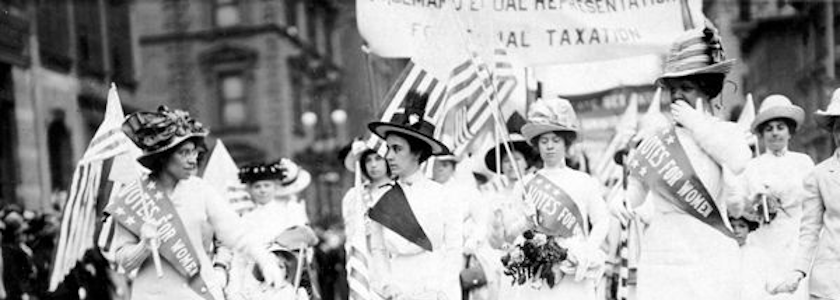
Amendment XIX
THE COURTS' ROLE IN PROTECTING VOTING RIGHTS - Read More.....
The Nineteenth Amendment to the United States Constitution prohibits the states and the federal government from denying the right to vote to citizens of the United States on the basis of sex. The Nineteenth Amendment granted voting rights to women on an equal basis to men. It was ratified on August 18, 1920.
In colonial times, several colonies allowed women to vote (provided they met other qualifications), but by the early 1800s women were denied suffrage in every state. As the years passed organizations supporting women's rights became more active and, in 1848, the Seneca Falls convention (the first women's rights convention to be organized by women) adopted the Declaration of Sentiments. This document called for equality between the sexes, including the right of women to vote.
By the late 1800s, new states and territories (particularly those in the West) began to grant women the right to vote. In 1878, a suffrage proposal was introduced to Congress, but it was rejected. In the early twentieth century, social progress and the increasingly public role of women prompted President Wilson to announce his support of a suffrage amendment in 1918. It passed Congress in 1919 and was adopted in 1920, withstanding two legal challenges in the U.S. Supreme Court.
Few women turned out to vote in the first national elections after the Nineteenth Amendment gave them the right to do so. In 1920, 36 percent of eligible women voted (compared with 68 percent of men). The low turnout among women was partly due to other barriers to voting, such as literacy tests, residency requirements, and poll taxes. However, by 1960 women were turning out to vote in presidential elections in greater numbers than men; this trend of higher female voting engagement has continued to the present.
